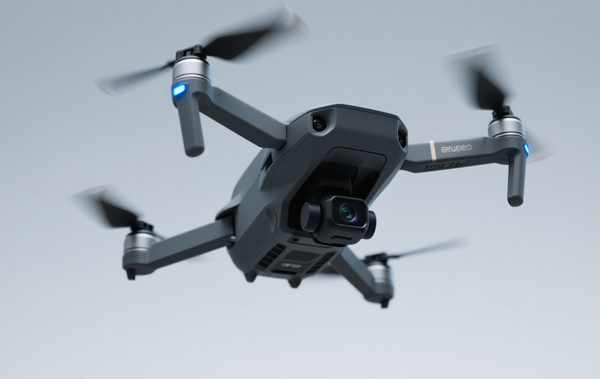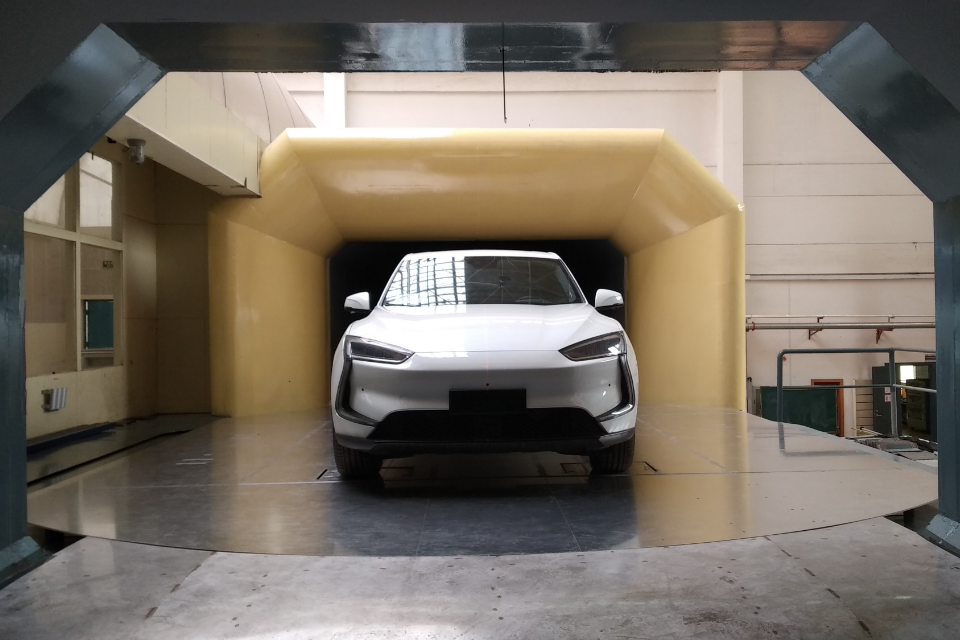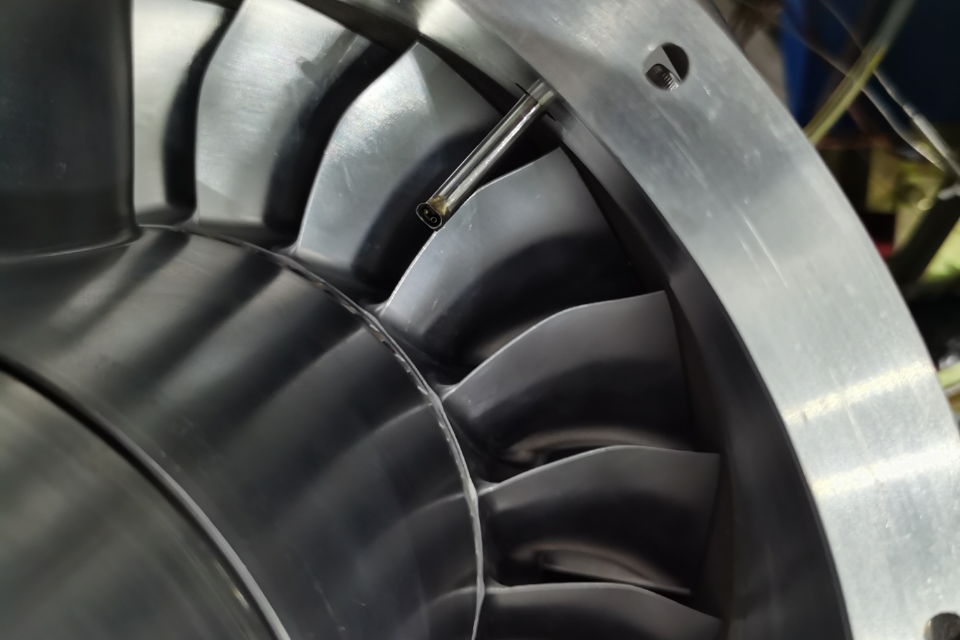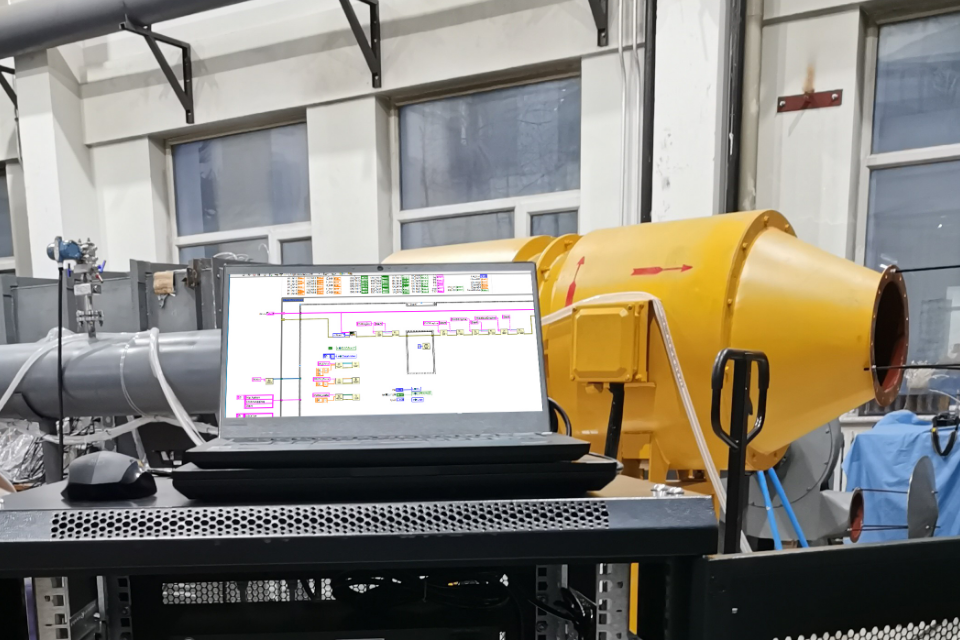Imagine that when the drone is spraying pesticides, a sudden turbulence strikes. Because it cannot sense the change of airflow and control the direction, it finally falls to the ground. Hundreds of thousands of equipment are scrapped in an instant, and half of the orchard's pesticides are also in vain. scattered. This kind of heart-wrenching scene is not uncommon in the circle of agricultural drones. The problem is the sensors: They are like unresponsive ears, unable to hear what the airflow is saying.
Today's drones are no longer just flying cameras. From spraying pesticides in farmland to search and rescue in mountainous areas, to power inspections, they do fine work. But the faster you fly, the more fatal it is: the ability to sense airflow is too weak.
An anemometer is like an old man with one ear-it can only listen to sounds in one direction. It may not know what to do when encountering complex air currents, such as drafts between tall buildings and turbulent currents in mountainous areas. To make matters worse, the low temperature, the old-fashioned mechanical wind vane "freezes" at every turn, and the data delay can reach two or three seconds, which is enough for the drone to hit a tree ten times. In order to ensure the stable flight and efficient operation of UAV under various complex conditions, it is very important to accurately test the flight performance of UAV. And in these tests, the 5-Hole Differential Pressure Airspeed Probe is playing an increasingly important role.
To put it simply, the 5-Hole Differential Pressure Airspeed Probe is a device that measures the airflow pressure difference through multiple holes at the same time to obtain wind speed and flow field data. The wind speed measurement equipment of # usually relies on a single point probe, which can only measure the speed and direction of the air flow at a specific point. The 5-Hole Differential Pressure Airspeed Probe collects data through five different holes at the same time, which can not only reflect the speed and direction of the airflow more comprehensively, but also provide more details, especially in complex flow fields, it can measure the results more accurately.

The flight performance test of UAV usually needs to be carried out under different flight conditions, including different altitudes, speeds, attitudes and factors. At this time, the single-point measurement equipment often cannot provide enough accurate data, especially in the case of complex airflow or large changes in flight attitude. The advantage of 5-Hole Differential Pressure Airspeed Probe is that it can collect data at multiple measurement points in real time and synchronously, providing a more comprehensive view of airflow speed and direction.
The actual combat value exceeds expectations: the changes brought about by this technology are real: with the blessing of 5-Hole Differential Pressure Airspeed Probe, agricultural drones no longer "fly blindly", shuttle freely in fruit trees, and the accuracy of pesticide spraying is improved; When the firefighting drone passes through thick smoke, it can sense the sudden change of thermal flow and avoid obstacles in advance; Logistics drones deliver goods against crosswinds, and no longer stage the farce of "express delivery into airdrop".
In drone testing, the 5-Hole Differential Pressure Airspeed Probe can greatly improve the accuracy of the test. With multi-point measurements, it captures details of airflow that cannot be captured with single-point measurements. In the wind speed test, due to the instability of the airflow, single-point measurement can only get a rough result, and cannot accurately describe the change of the airflow. The 5-Hole Differential Pressure Airspeed Probe can collect data through multiple holes at the same time, analyze the airflow from different angles and positions, and provide a more comprehensive and accurate airflow distribution map.
UAVs often need to undergo flight tests under various conditions, including extremes such as high temperature, high humidity, and high altitude. The design of the 5-Hole Differential Pressure Airspeed Probe allows it to adapt to a variety of conditions, providing stable measurements. Whether flying at high altitudes or working in hot and humid weather, the 5-Hole Differential Pressure Airspeed Probe can operate stably, ensuring the accuracy of test data.
For example, if the UAV tilts during flight, a single anemometer may not be able to accurately capture the difference in wind speed between different parts, while 5-Hole Differential Pressure Airspeed Probe can measure at multiple points synchronously and obtain real-time airflow data at different angles, helping engineers to more clearly analyze the aerodynamic characteristics of aircraft at different attitudes. The application of 5-Hole Differential Pressure Airspeed Probe in UAV testing can not only improve test accuracy and efficiency, but also provide stable and reliable measurement data under extreme conditions.
















